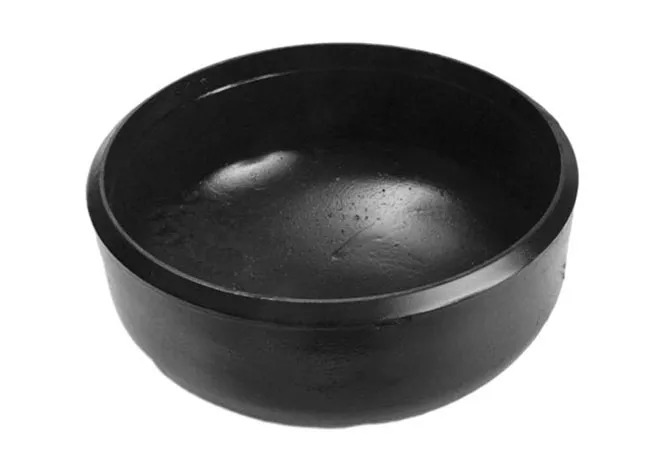-
Cangzhou Yulong Steel Co., Ltd.
-
Phone:
+86 13303177267 -
Email:
admin@ylsteelfittings.com

Nov . 12, 2024 20:47 Back to list
plate flange
Understanding Plate Flange A Key Component in Engineering
Plate flanges are critical components used in various engineering applications, specifically in piping systems, structural supports, and machinery assembly. These flanges serve as a connection between different parts, allowing for secure joins that can withstand significant mechanical loads and pressure.
Definition and Design
A plate flange is a flat piece of metal that typically has a circular or square shape, with holes around its perimeter for bolting to another component. The central hole allows for passage of fluids or materials, making it an essential part of piping networks. The design can vary significantly based on application, material, and load requirements. Common materials include stainless steel, carbon steel, and various alloys, chosen for their strength, corrosion resistance, and durability.
Application
Plate flanges are widely used across multiple industries, including oil and gas, chemical processing, water treatment, and manufacturing. In piping systems, they provide robust connections between pipes, valves, and pumps. This ensures that systems operate efficiently while minimizing leaks or failures. In structural applications, plate flanges are often utilized in beams and frames, enhancing load-bearing capacity and stability.
Types of Plate Flanges
There are several types of plate flanges, each designed for specific functions
plate flange

1. Weld Neck Flanges These have a long neck that gradually tapers to meet the pipe, providing excellent stress distribution and making them ideal for high-pressure applications.
2. Blind Flanges Used to close off a piping system, they have no central opening and are crucial in maintaining system integrity.
3. Slip-On Flanges As the name suggests, these flanges slip over the ends of pipes. They are easy to install and commonly used in low-pressure systems.
4. Socket Weld Flanges These flanges are designed for small-diameter pipes and involve inserting the pipe into the flange socket, followed by welding.
5. Lap Joint Flanges Designed for use with a stub end, these flanges are adjustable and can accommodate misalignment.
Advantages and Considerations
One of the significant advantages of using plate flanges is their ability to create a strong, leak-proof seal under pressure. They can withstand high temperatures and aggressive media, making them versatile for various environments. When selecting plate flanges, engineers must consider factors such as pressure ratings, material compatibility, and environmental conditions to ensure optimal performance and safety.
In conclusion, plate flanges are vital components in modern engineering, providing reliable connections in numerous applications. Their diverse designs and adaptability to various materials and conditions make them indispensable in ensuring the structural integrity and operational efficiency of systems worldwide. Whether in industrial settings or everyday applications, the importance of plate flanges cannot be overstated, making them a focal point in engineering design and implementation.
Latest news
-
ANSI 150P SS304 SO FLANGE
NewsFeb.14,2025
-
ASTM A333GR6 STEEL PIPE
NewsJan.20,2025
-
ANSI B16.5 WELDING NECK FLANGE
NewsJan.15,2026
-
ANSI B16.5 SLIP-ON FLANGE
NewsApr.19,2024
-
DIN86044 PLATE FLANGE
NewsApr.19,2024
-
DIN2527 BLIND FLANGE
NewsApr.12,2024
-
JIS B2311 Butt-Welding Fittings LR/SR 45°/90° /180°Seamless/Weld
NewsApr.23,2024
-
DIN2605-2617 Butt-Welding Fittings LR/SR 45°/90°/180° Seamless/Weld
NewsApr.23,2024











